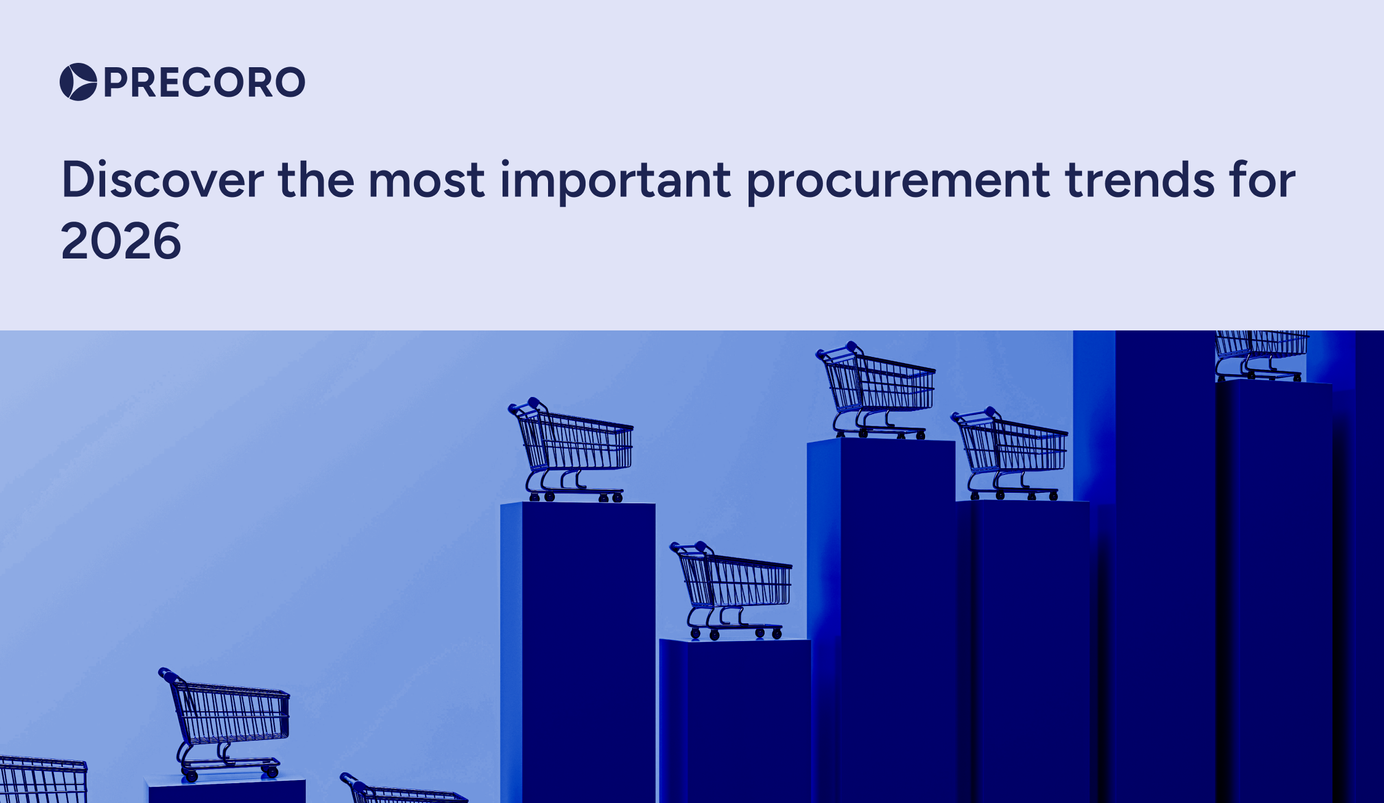
4 min read
Strategic Spend Management: 5 Steps to Automate Your Processes
Learn 5 steps to automate your spend management and maintain superior control.
Small businesses in America are thriving and many people are jumping on the bandwagon because of the exceptional growth rate. But while your own enterprise may experience success, you are still likely to face the same set of challenges as other new proprietors have. One of them being spend management, which is a primary concern for small business owners, according to Walden University.
But what is spend management? It entails the control of the use of business dollars to ensure the continuous manufacturing of products or the offering of services. This includes multiple processes such as procurement and travel expense disbursement or remuneration.
Keeping expenses under control is important because this is related to the survival of the business. If there is more money going out than coming in, then a company may want to rethink the things they are spending money on. But this is more than just keeping track of invoices.
For optimal and strategic spend management, some tools and techniques may come in handy. Entrepreneur cites an SMB survey that says 65% of small-sized enterprise proprietor believes that the latest technological implements can change the way they manage their operations.
If, like these business owners, you also believe that innovations can assist you, then you need to adapt quickly to gain a headstart over your competition. And one way you can do that is by automating your spend management to keep it under better control.

1. Digitize your expenses records
Spend management involves a lot of data entry, is repetitive, and has no room for mistakes. But you can resolve all these challenges easily by providing your employees with a tool that lets them record their expenses digitally.
There are plenty of such solutions available in the market today that are cloud-based and are accessible on the web or on mobile. When you do this, you take the first step to intelligent spend management and processes automation.
How so? By investing in spend management software, you can keep a detailed list of expenditures as well as their associated receipts or invoices. Since the information is digitized, there is no need for accountants or finance managers to track and verify the expenses manually. That is because many tools are equipped with automatic double-checking capabilities.
A good invoicing tool helps you save plenty of time and accelerates the entire finance workflow by letting you concentrate on spend analysis and strategy rather than data entry.
2. Deploy spending policies across the organization
If you cannot keep a close eye all the time on the things that your employees spend on or procure, you cannot have a peace of mind that they are following the organization's spending policies. This results in accountants spending an inordinate amount of time validating each expense, leading to bottlenecks in the rest of the workflow.
You can prevent that from happening by enforcing spending policies automatically. A spend management software can help you in this regard by letting you configure the rules during setup. This allows you to make sure that every expense inputted in the system meets your organization’s policy.

3. Connect procurement and spend management tools
Procurement is a demanding task that requires careful and stringent budgeting. Thus, the next step to strategic spend management is to make sure that there is no friction between the procurement and finance departments.
This may happen because the latter often does not have full visibility into all the purchasing policies and procedures, inventory and material needs of every team or person within the organization. You can provide the finance unit with such insight by integrating your procurement and expense management software.
Apart from preventing discrepancies and bringing transparency to the process, this automates the approval of requests so that employees' needs are met faster. What's more, this results in the rapid completion of projects for clients, which enables you to accept more jobs in a shorter span of time.
4. Categorize expenses
Keeping track of your expenditures doesn't have to be arduous. You only have to categorize each expense to ensure that you have a complete grasp of what your company spends its money on.
By assigning categories, you can expedite the procurement of critical items for projects and approve other materials at a later time depending on the level of priority. As such, you can ensure that tasks proceed as expected and that your organization meets deadlines.

5. Generate reports and optimize spending
Categorizing spending is one way to help you automate expense control but it also serves another purpose: spend optimization.
You can achieve this by doing spend analysis using the reporting tools integrated into your preferred spend management software. Hence, businesses should choose the right solutions for their workflows.
When you generate reports, you gain a comprehensive overview of expenses that can help you build up the right strategy. You can see which categories produce the most outflow of cash and you can determine whether this expenditure is of utmost importance or not as significant.
From there, you can rearrange the priority of expenses and modify rules to create a better-flowing spend management workflow.

Creating an intelligent spend management process
Strategic spend management entails careful planning of your business expenses, including employees' salaries, operational costs, and debt settlements.
You also need to apply to the best spend practices in your company to ensure that you have a healthy cash inflow to support your outflow.
Additionally, get leaders and managers on board who can help reduce expenses, especially the less necessary ones. Thus, every member of your organization can be more mindful of using the company's financial resources.









